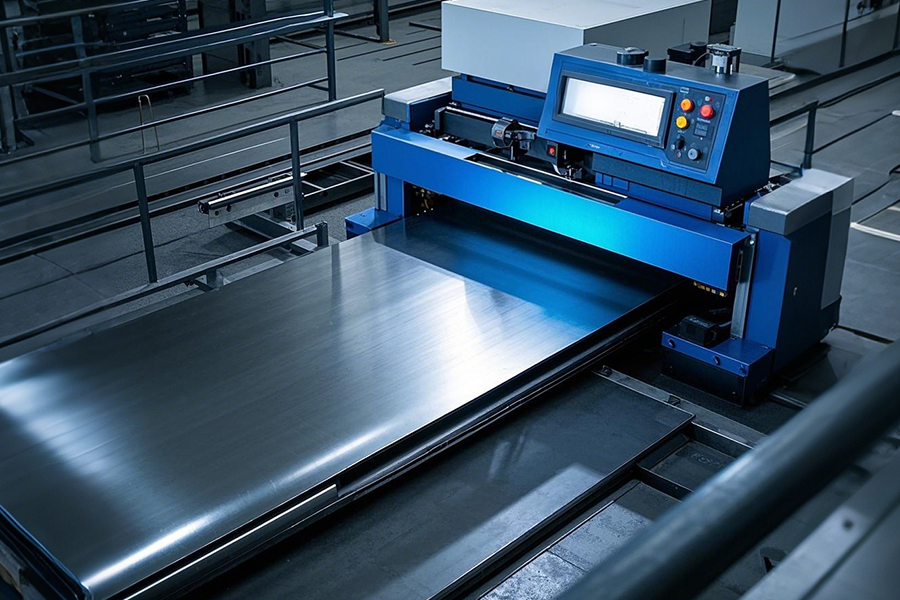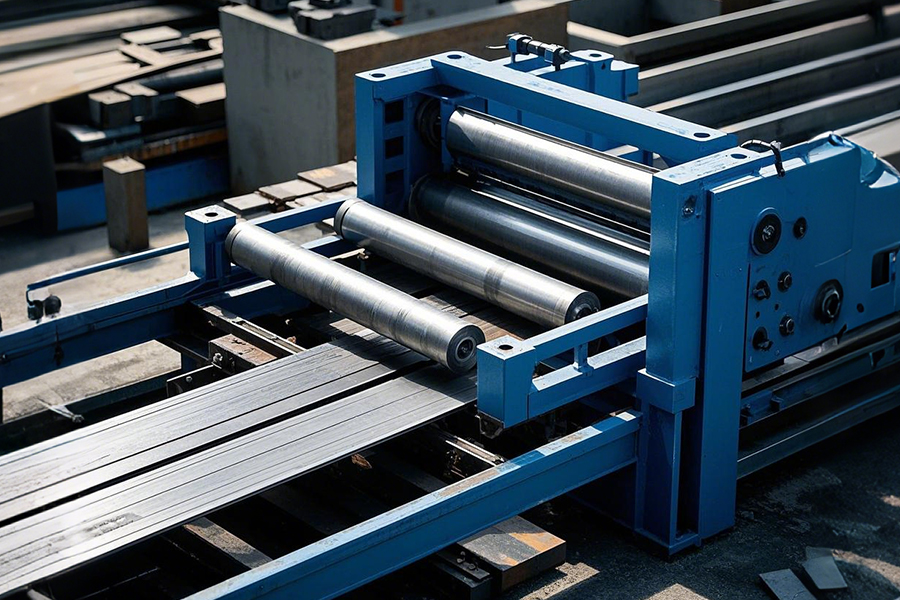
The pros and cons of mechanical leveling and laser leveling
Release time:2025-01-02 Click:212In the field of sheet metal processing, leveling is an important process, which aims to eliminate deformation problems such as warping and waves of the sheet metal to meet the precision requirements of subsequent processing and use. Mechanical leveling and laser leveling are two common leveling methods, each with its own unique advantages and disadvantages, and their application scenarios are also different.
Mechanical leveling is a relatively traditional and widely used method. Its working principle is mainly to repeatedly roll the sheet metal through one or more groups of rollers. In this process, the sheet metal is subjected to the pressure of the rollers, and its internal stress is redistributed, so that the sheet metal gradually becomes flat. The equipment of this leveling method is relatively simple and low in cost. For some sheet metal sheets with large thickness and relatively small deformation, it can be leveled more effectively. For example, in the preliminary leveling of some large metal structural parts, mechanical leveling can quickly make rough adjustments to the sheet metal to meet the basic flatness requirements, laying the foundation for subsequent fine processing. Moreover, the mechanical leveling equipment is relatively easy to operate, and the technical requirements for the operator are not particularly high. After simple training, the workers can operate the equipment proficiently, which is very attractive to some small sheet metal processing companies with relatively weak technical strength.

However, mechanical leveling also has some limitations. Because it is rolled by rollers, when processing thin plates or plates with extremely high flatness requirements, improper pressure control may cause indentations and other damage on the surface of the plate, affecting the appearance and quality of the plate. At the same time, mechanical leveling is relatively weak in adaptability to the material and shape of the plate. For some plates with special shapes or uneven materials, the leveling effect may not be ideal.
Laser leveling is a relatively new technology that uses a high-energy laser beam to heat the plate locally. Since the plate will expand after heating, the surrounding unheated area will constrain it, so that the stress inside the plate is adjusted to achieve the purpose of leveling. The advantage of laser leveling is its high precision, which can accurately heat and adjust the stress of the plate locally, and has a significant leveling effect on thin plates and plates with high precision requirements. In the processing of sheet metal shells for electronic equipment, laser leveling can ensure that the flatness of the shell reaches extremely high standards and meets the needs of precision assembly of electronic equipment. Moreover, laser leveling is a non-contact processing that will not cause mechanical damage to the surface of the plate, and can effectively ensure the surface quality and integrity of the plate.
However, laser leveling is not perfect. Its equipment cost is high, and it requires professional laser generators and precise control systems, which makes the initial investment of laser leveling relatively large. At the same time, the efficiency of laser leveling is relatively low, and it may not meet the needs of rapid production for large-area and large-volume sheet metal plate leveling tasks.

In the actual sheet metal processing process, enterprises need to comprehensively consider factors such as the material, thickness, shape, precision requirements and cost of the sheet metal to choose the appropriate leveling method. For some sheet metal processing with low precision requirements, large batches and strict cost control, mechanical leveling may be a more suitable choice; while for those sheet metal processing with high precision, thin plates and extremely high surface quality requirements, laser leveling has obvious advantages. Whether it is mechanical leveling or laser leveling, they play an important role in the leveling process of sheet metal processing. With the continuous development of technology, they will continue to improve and better serve the sheet metal processing industry.